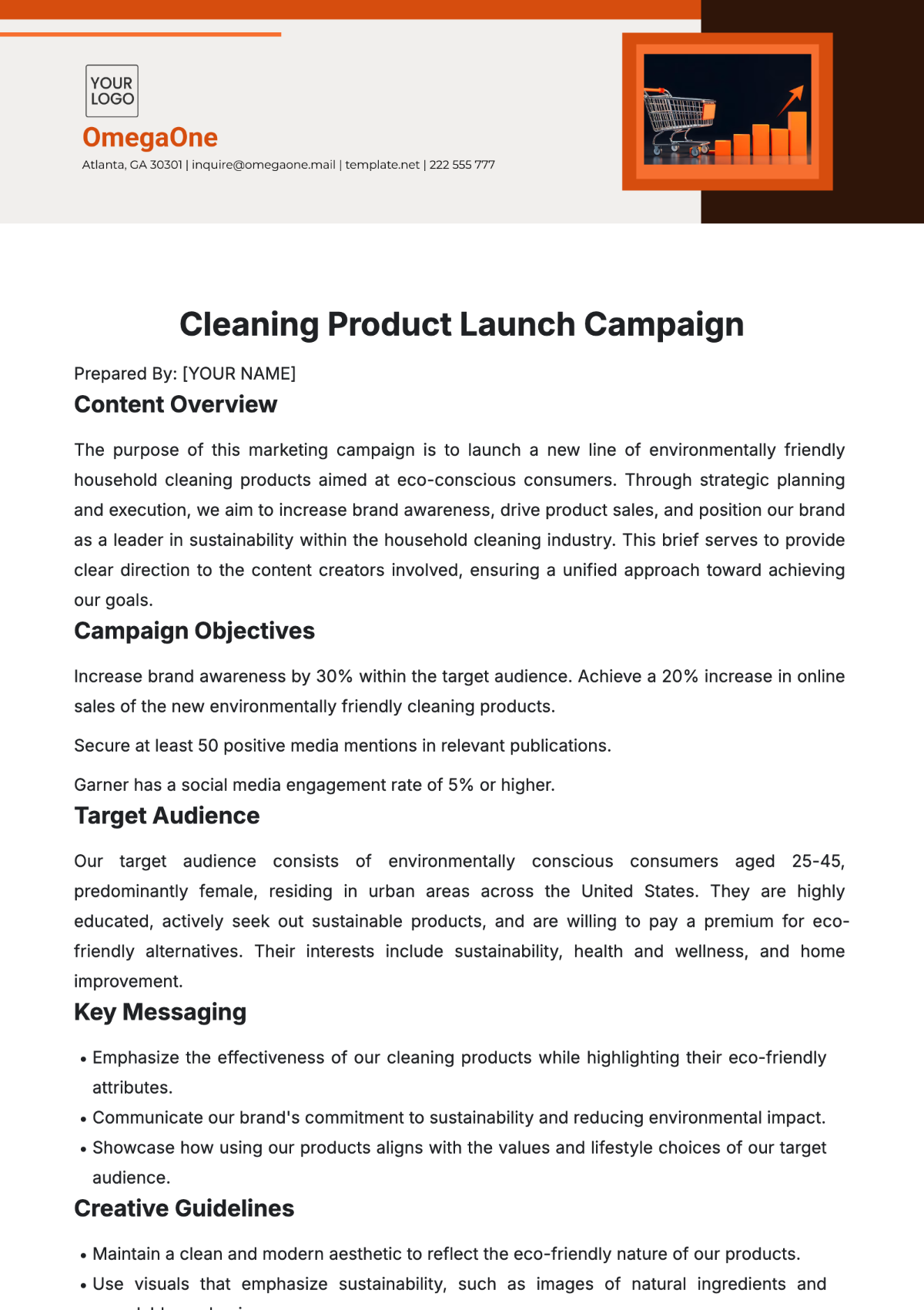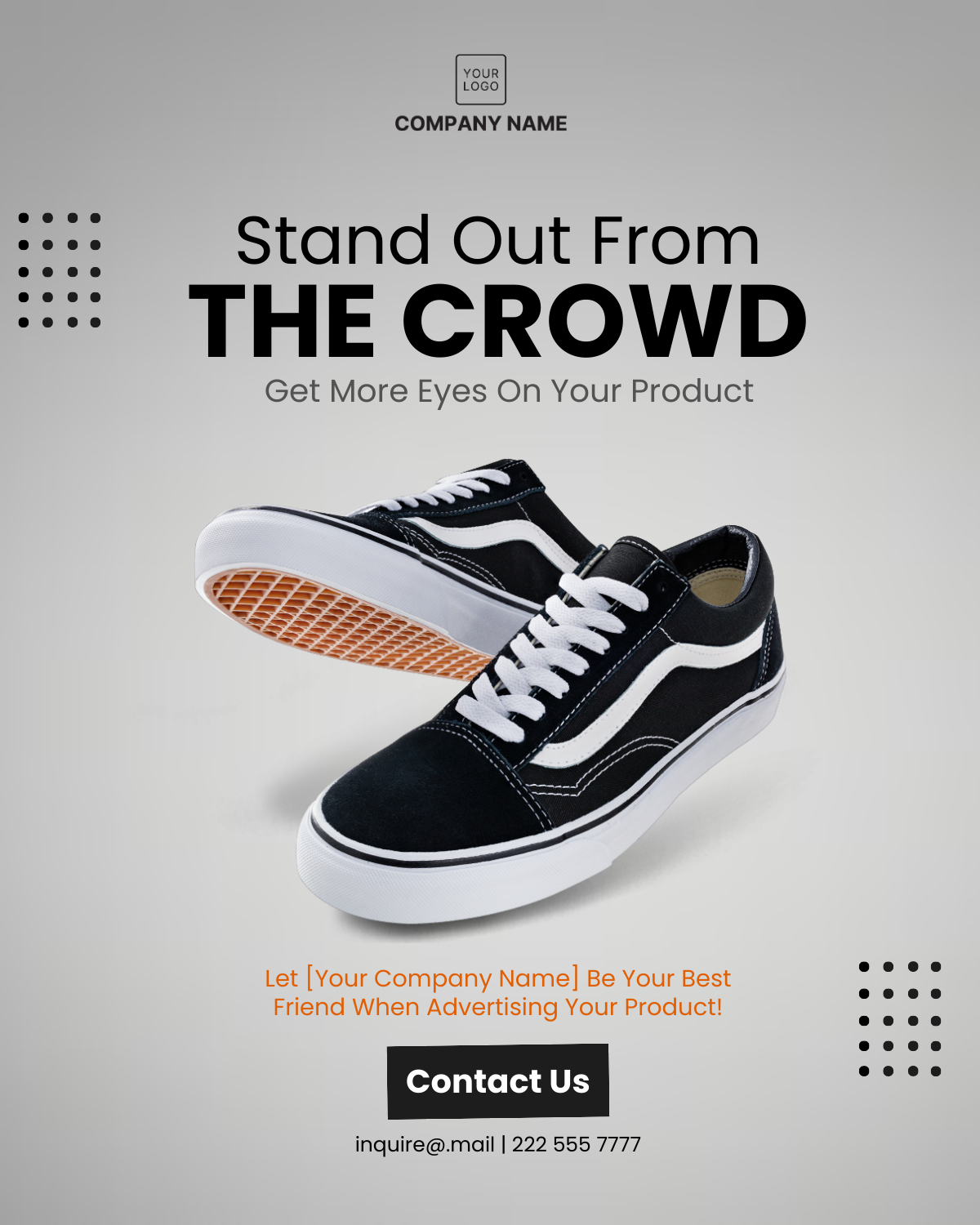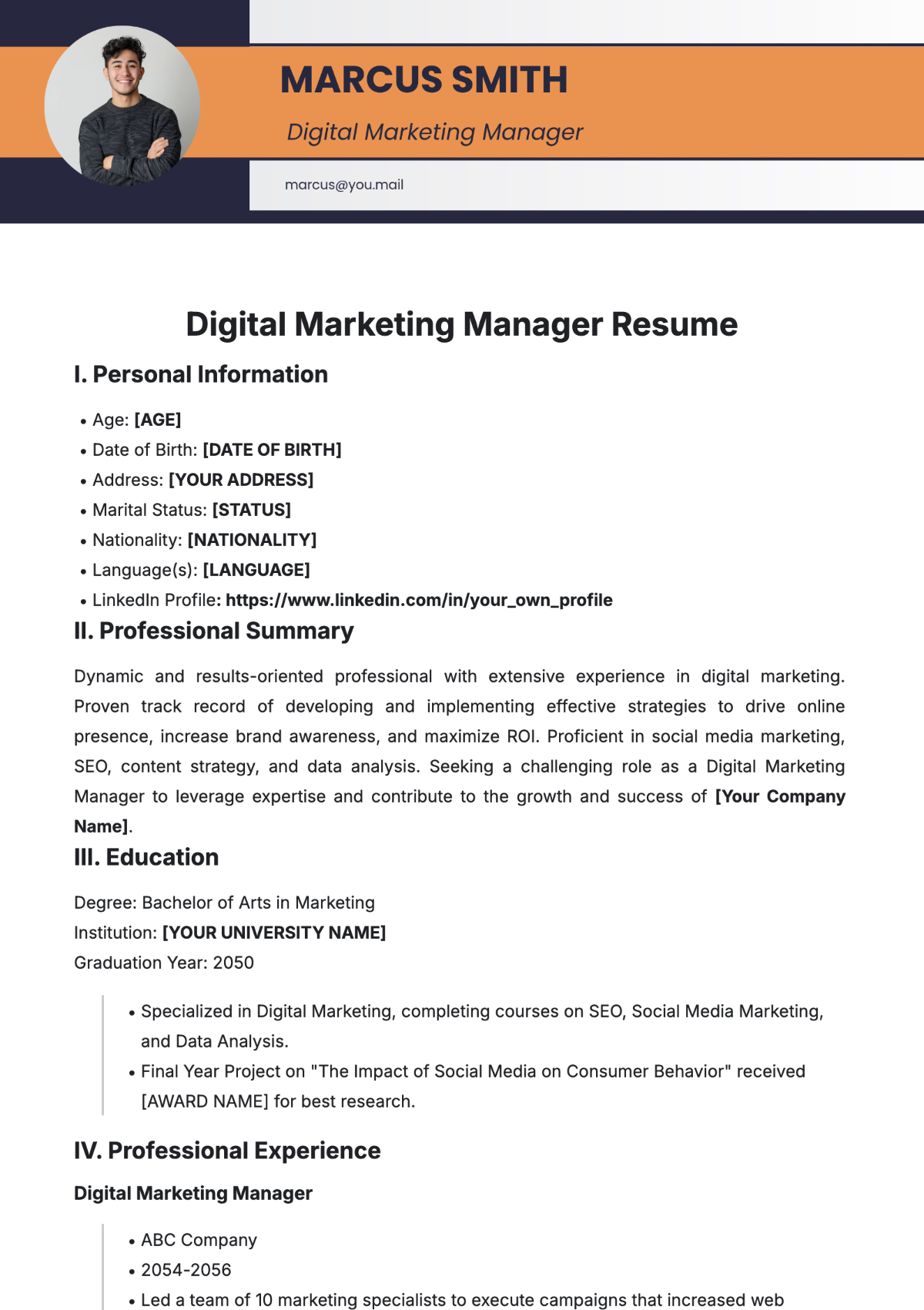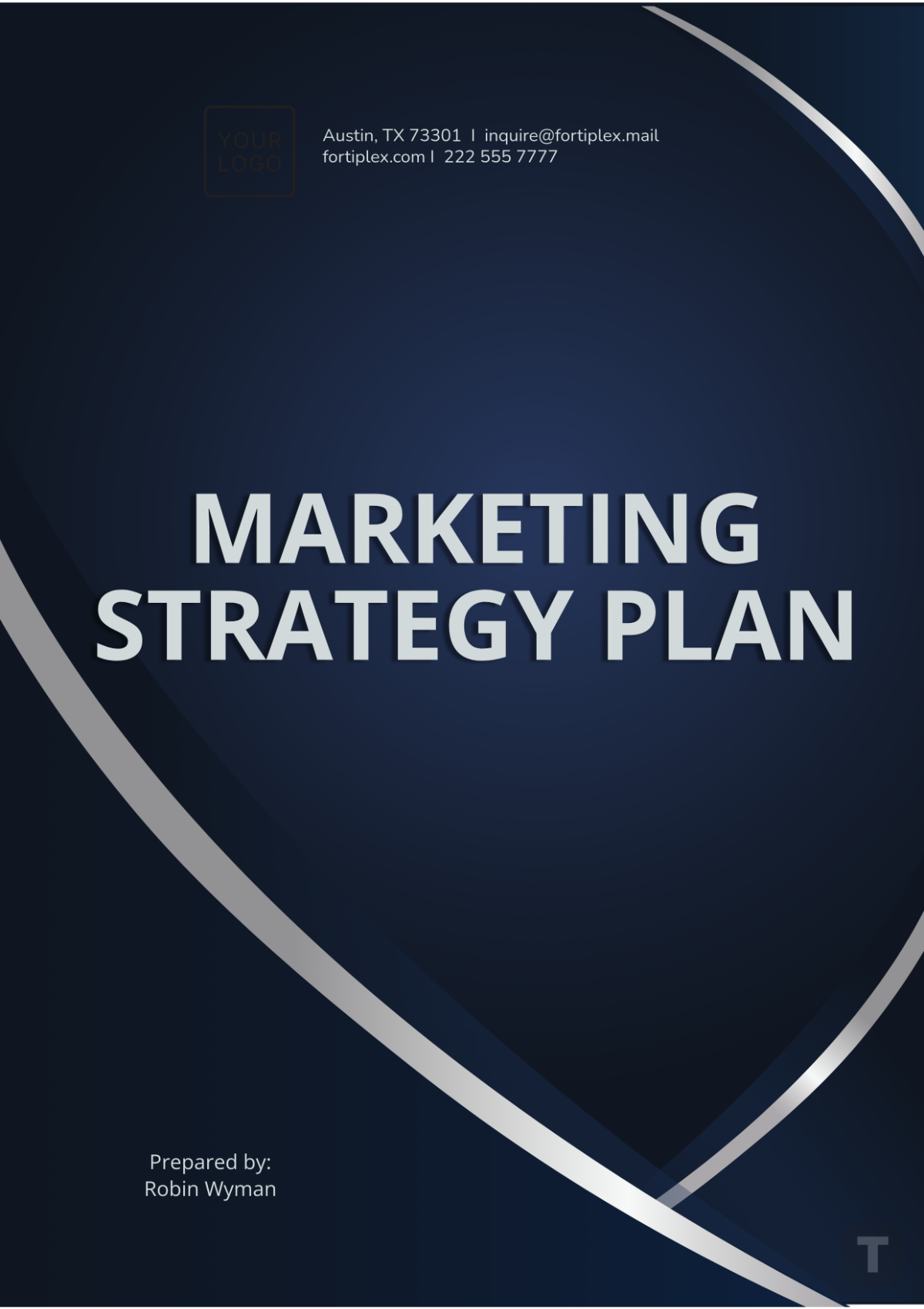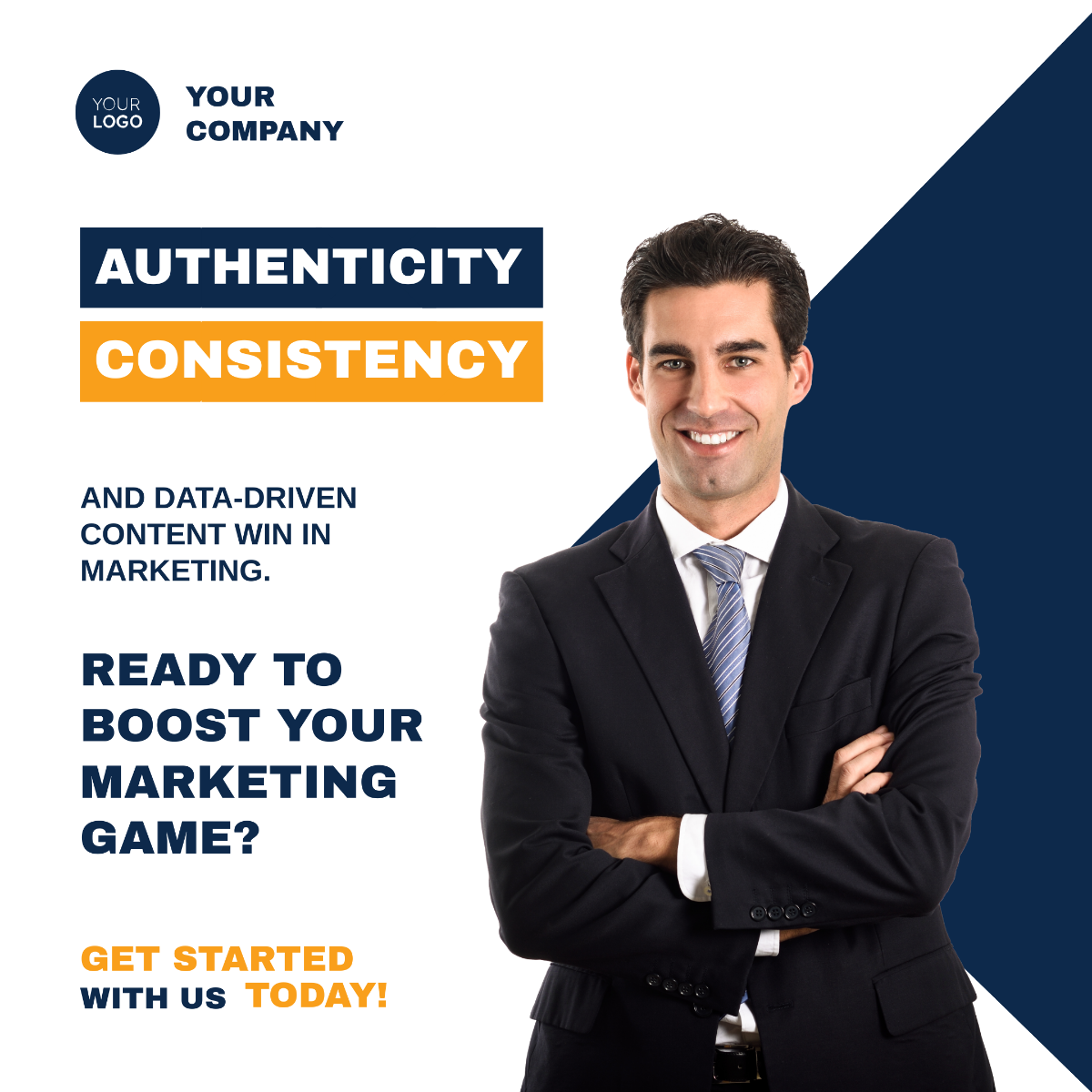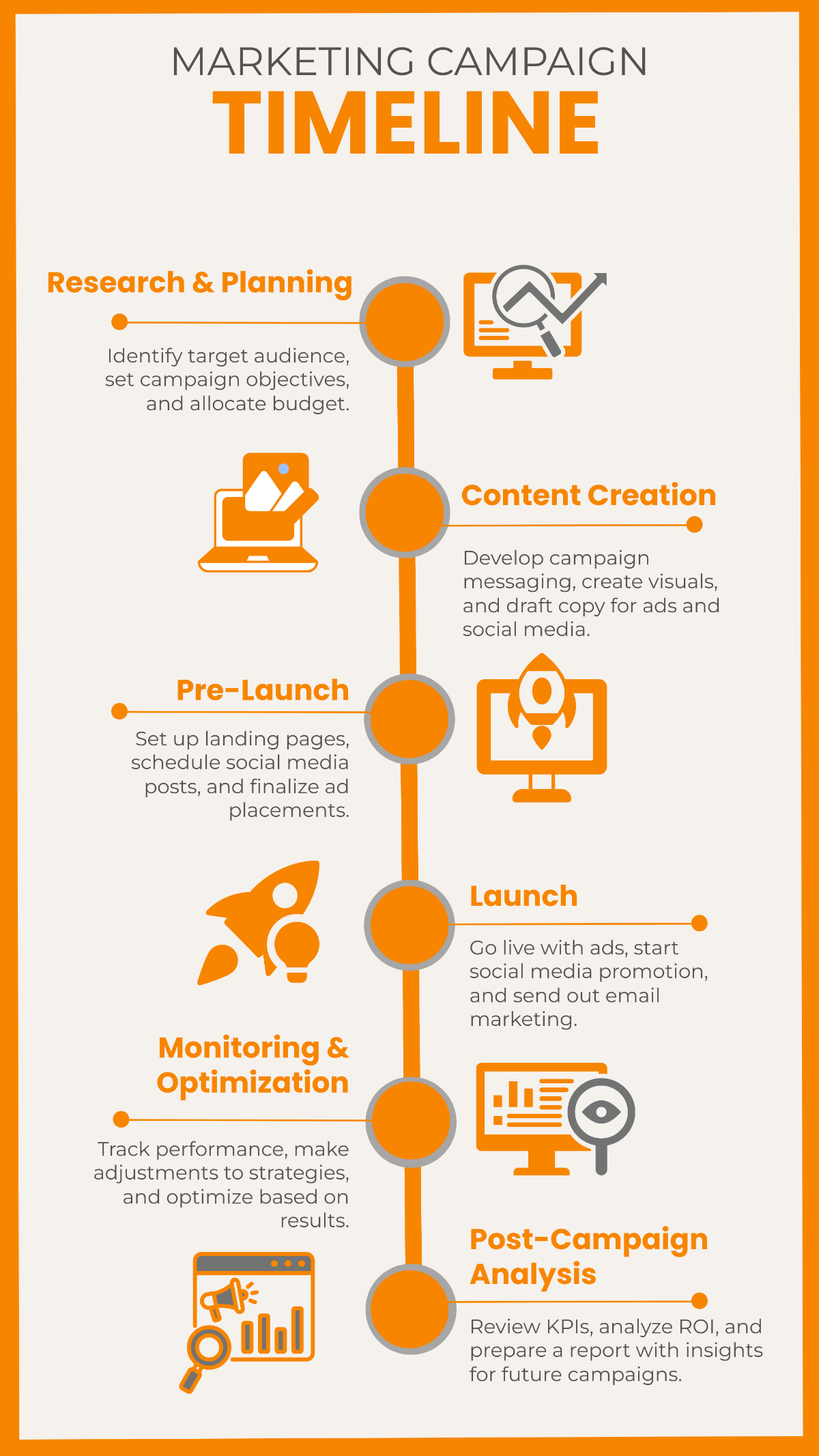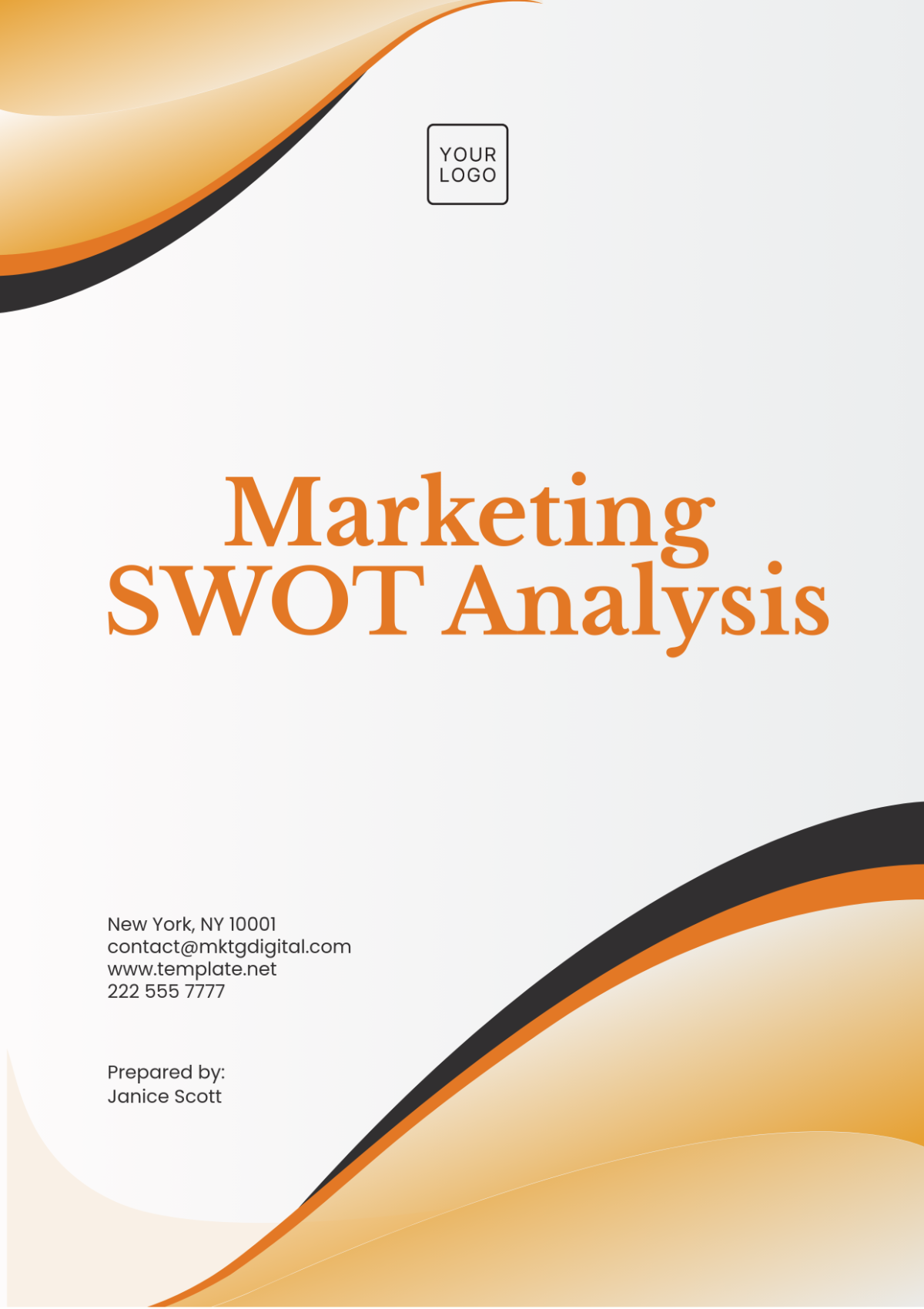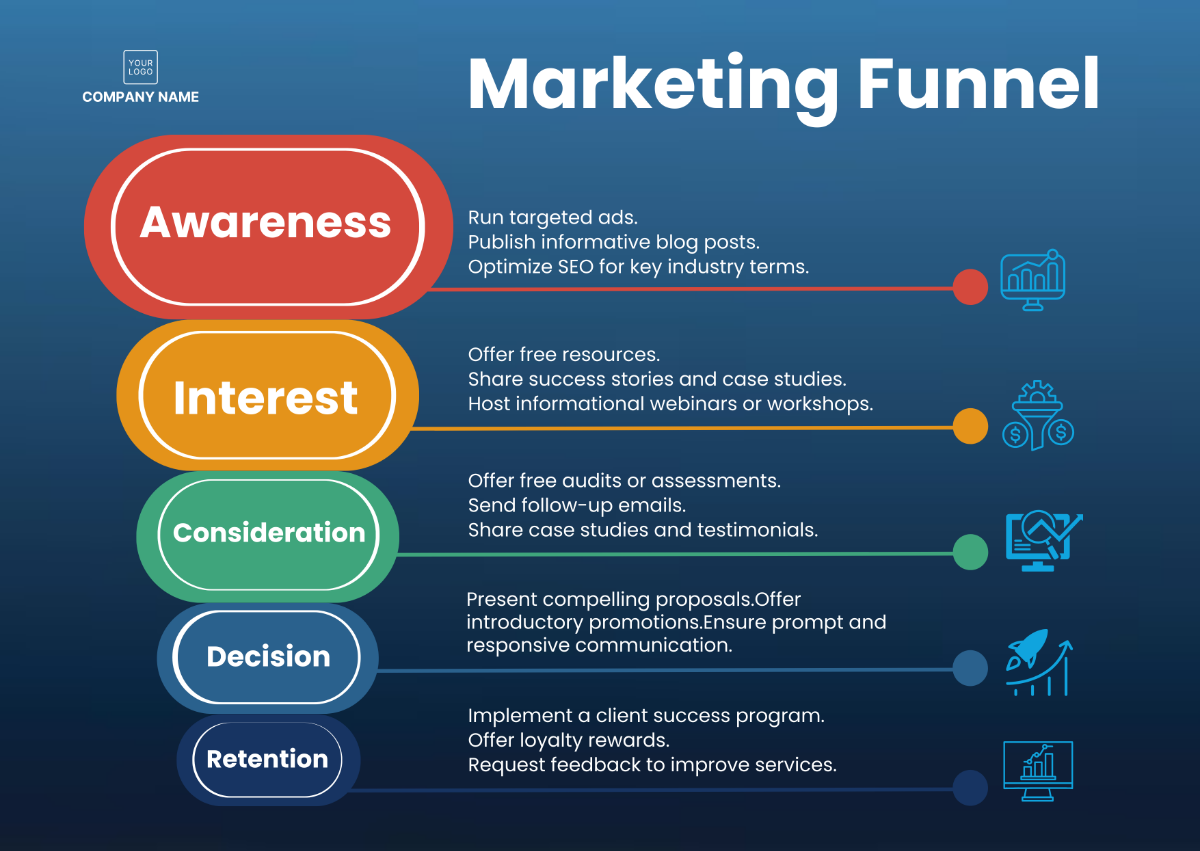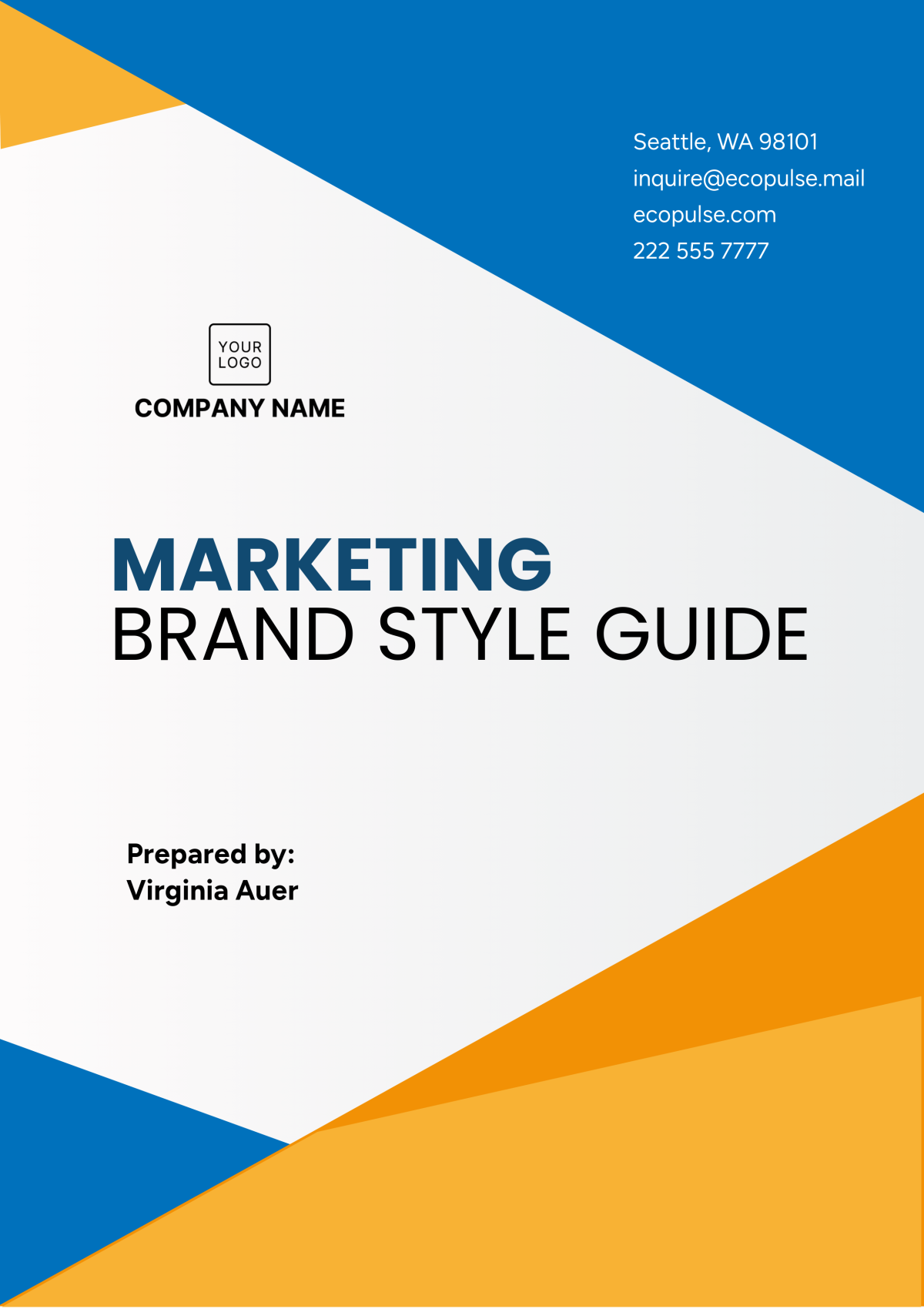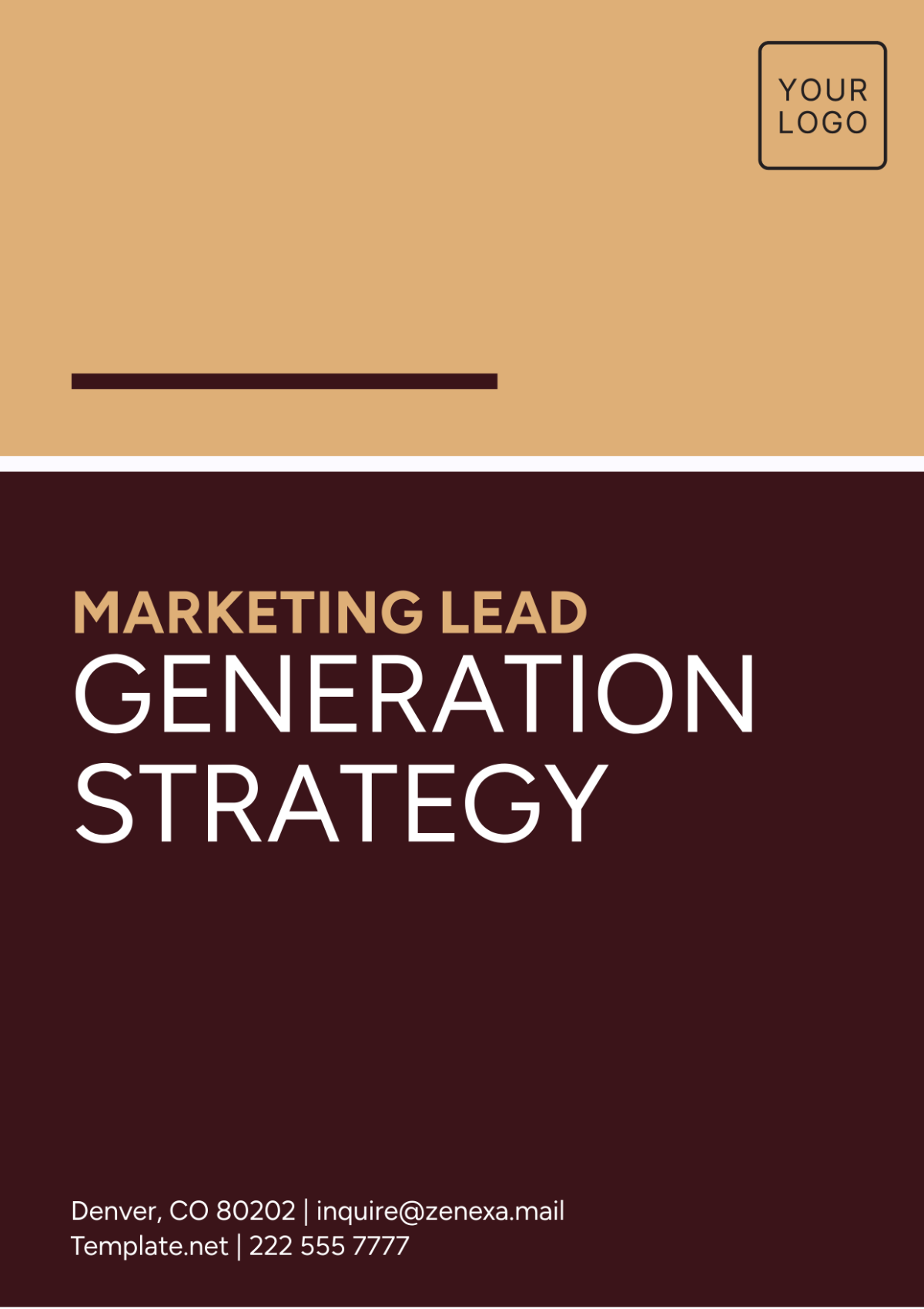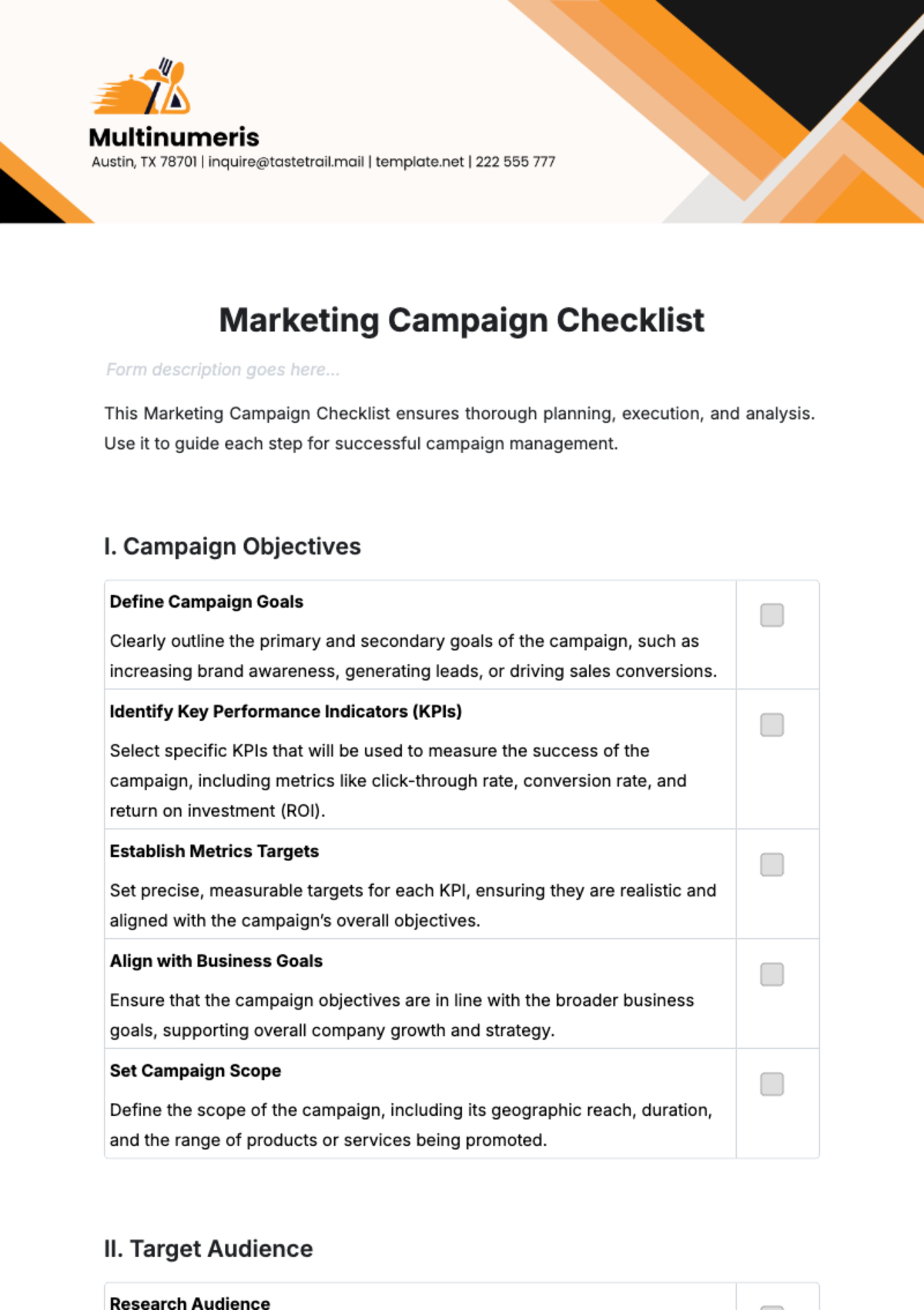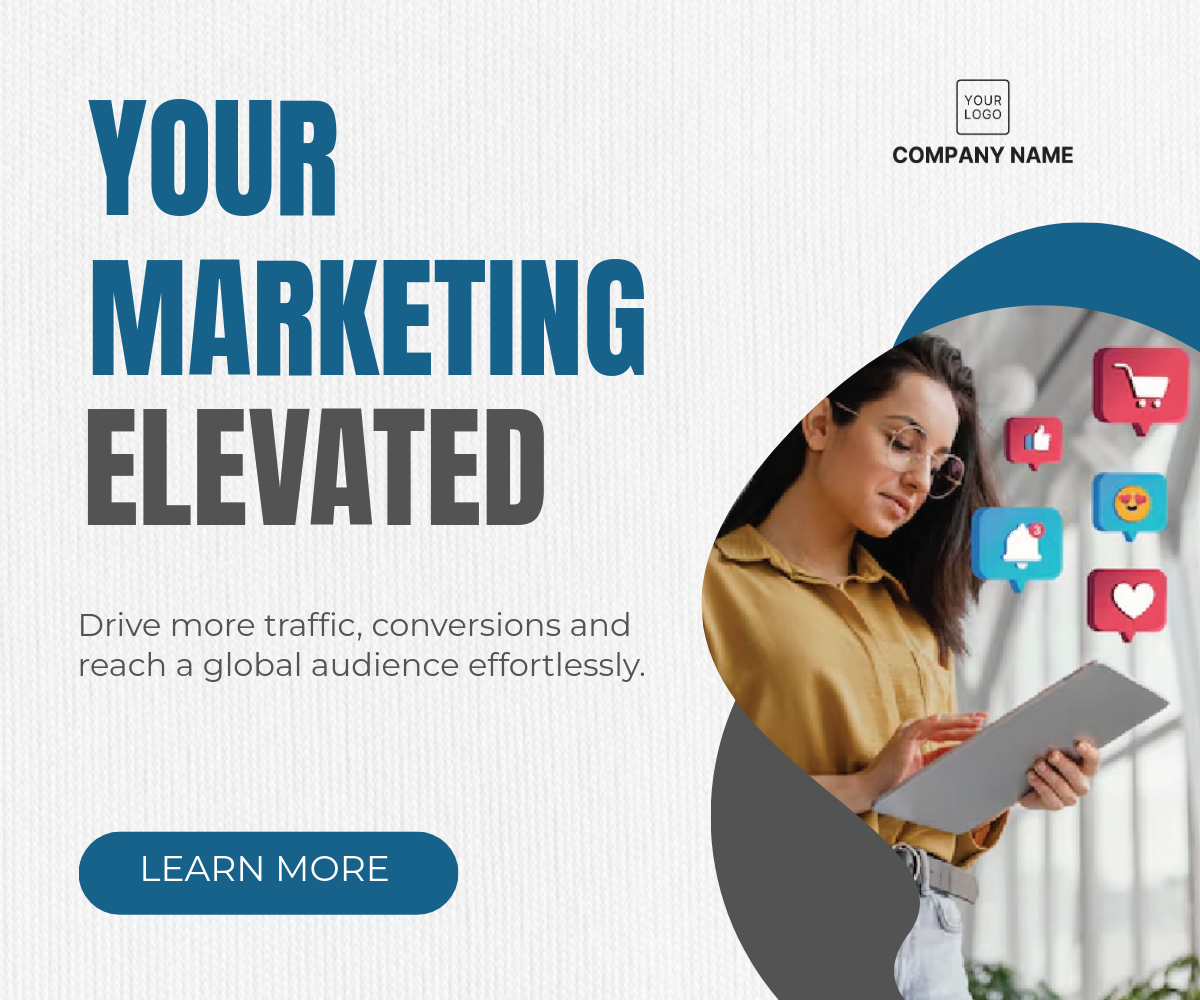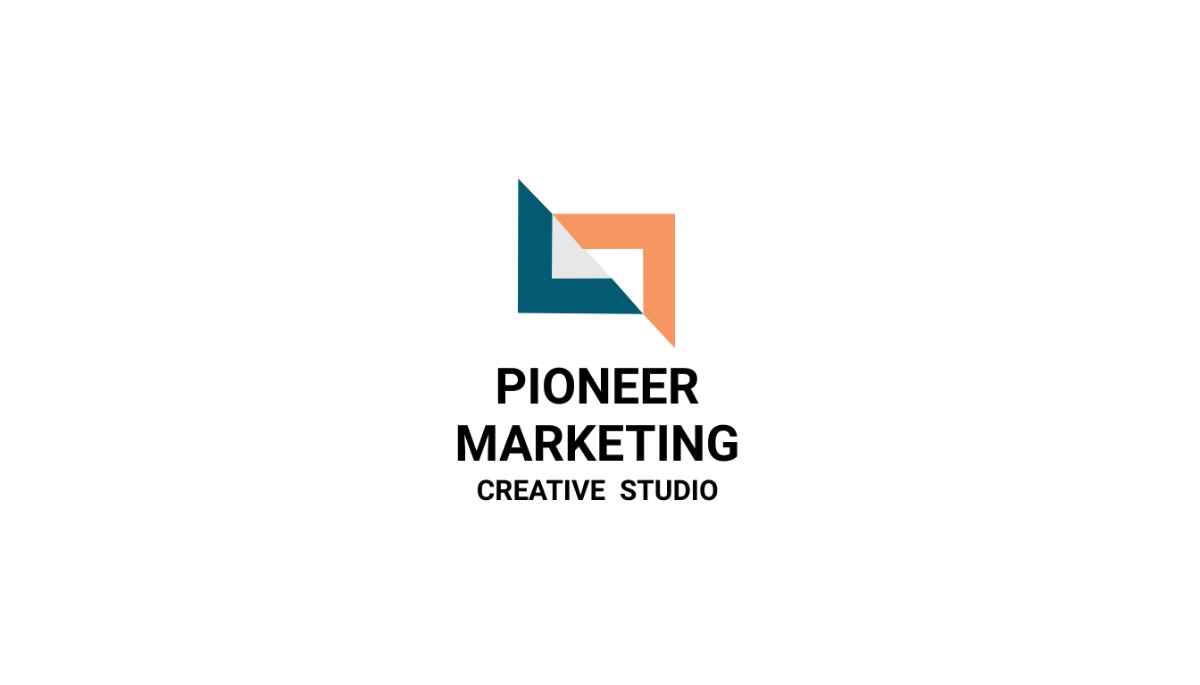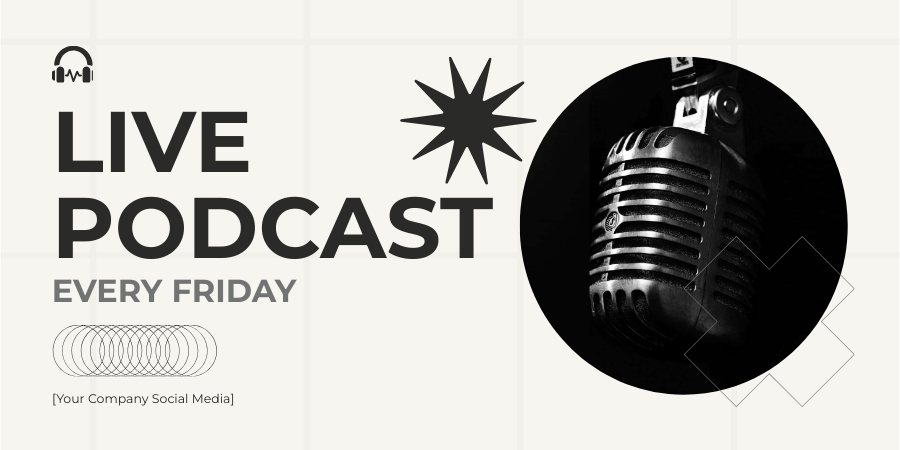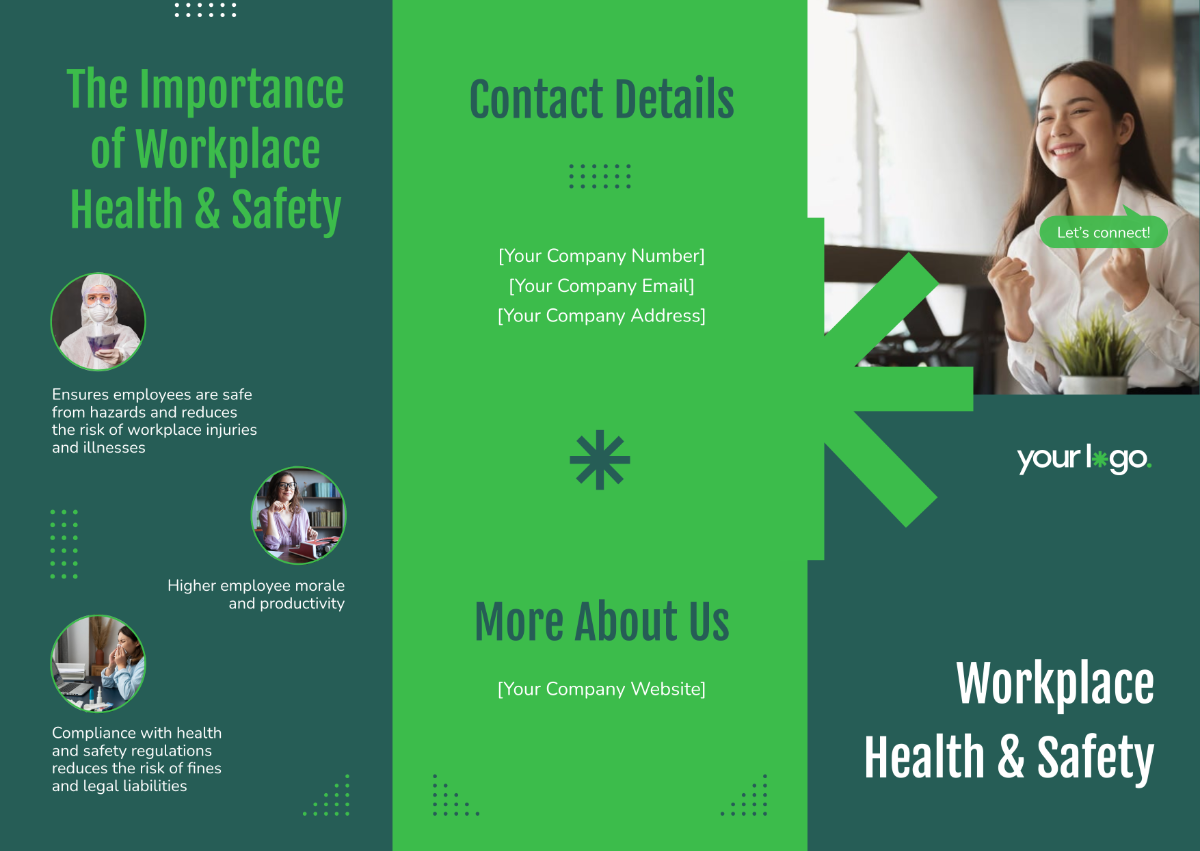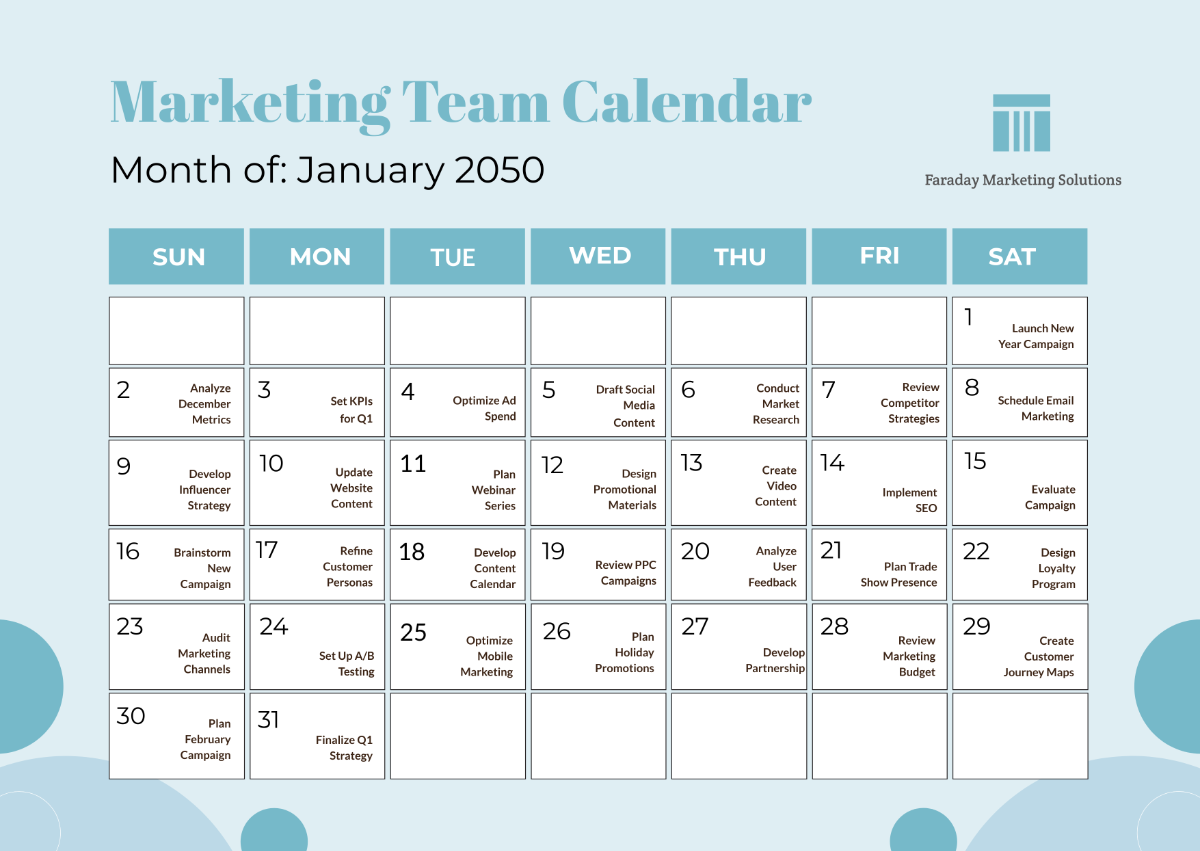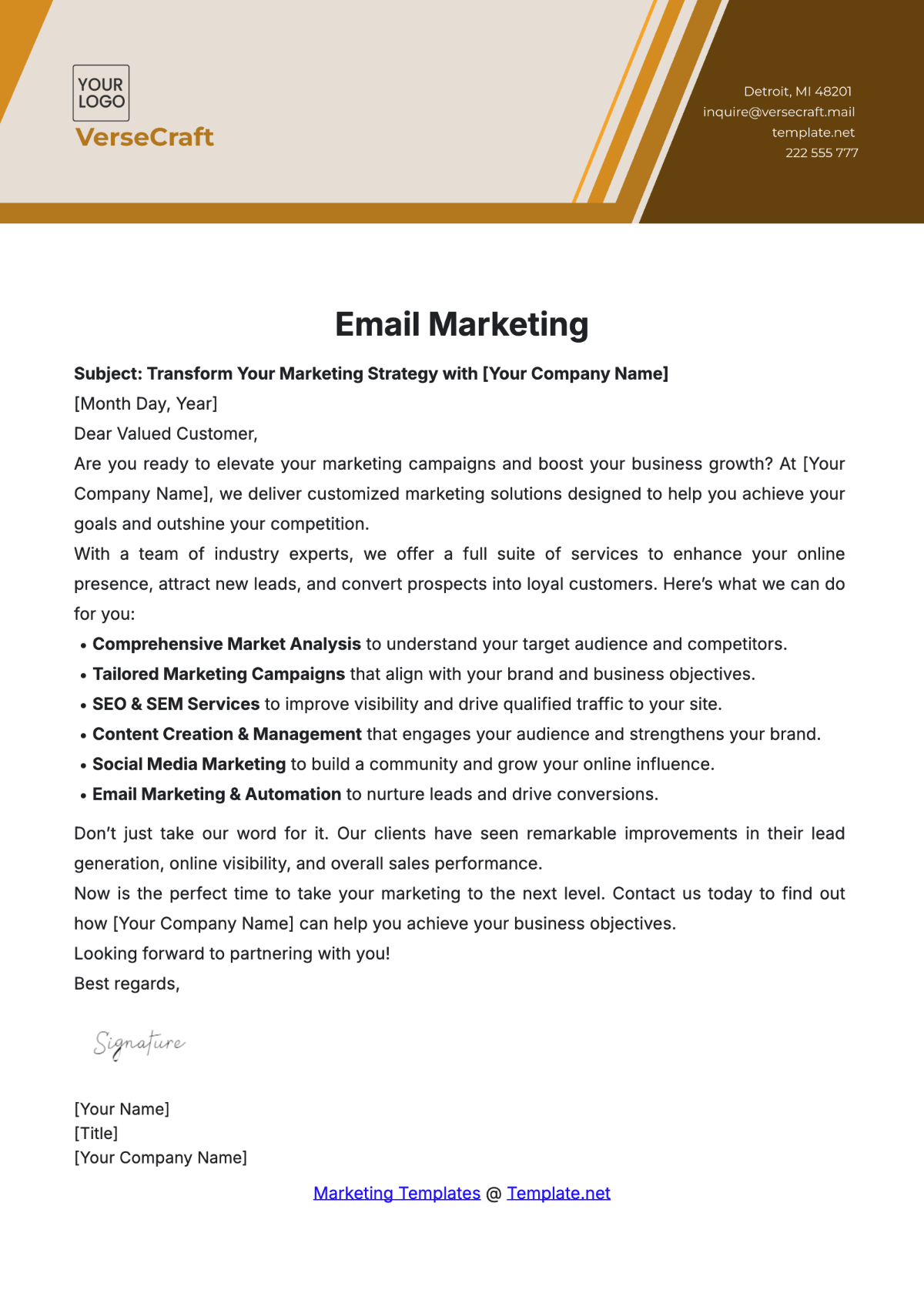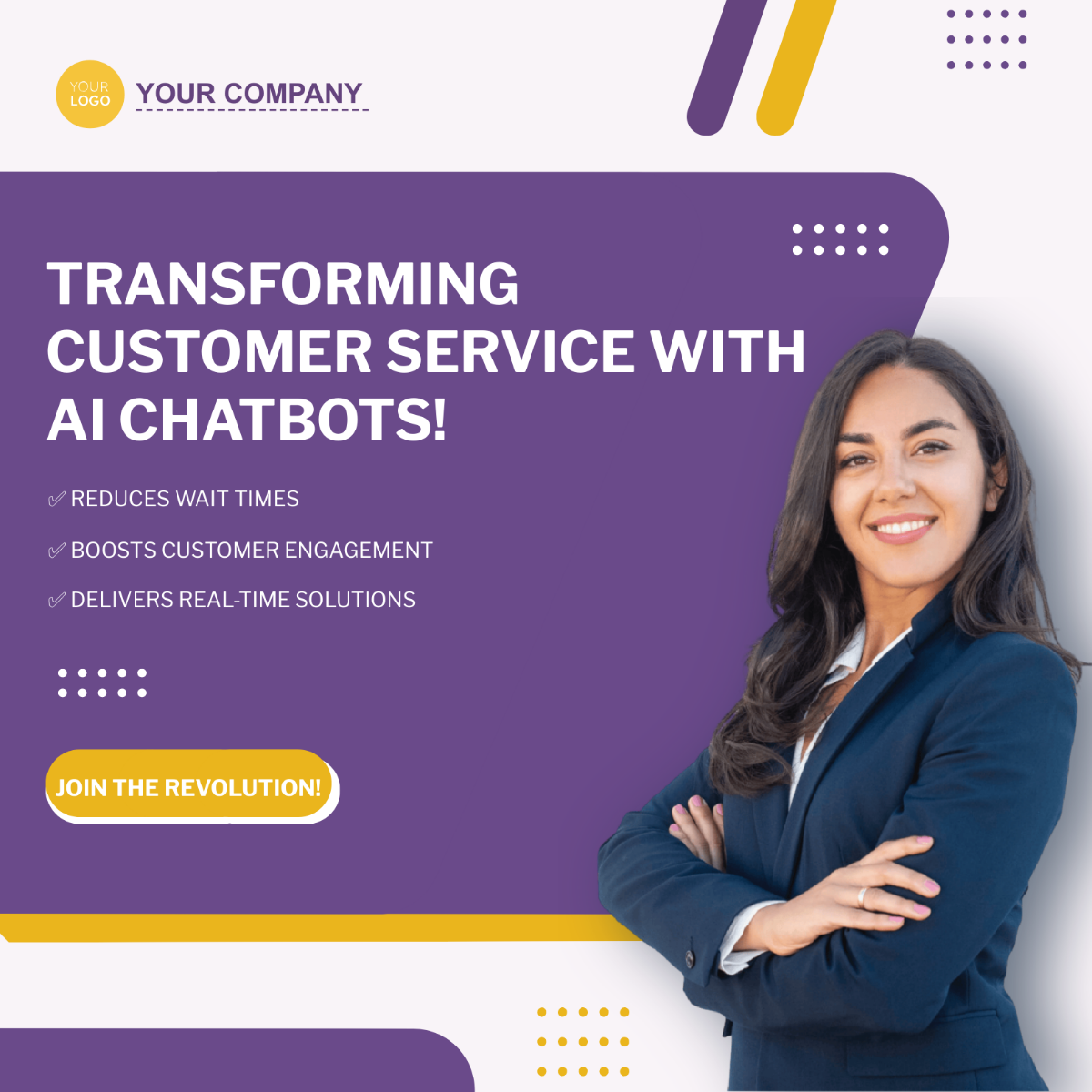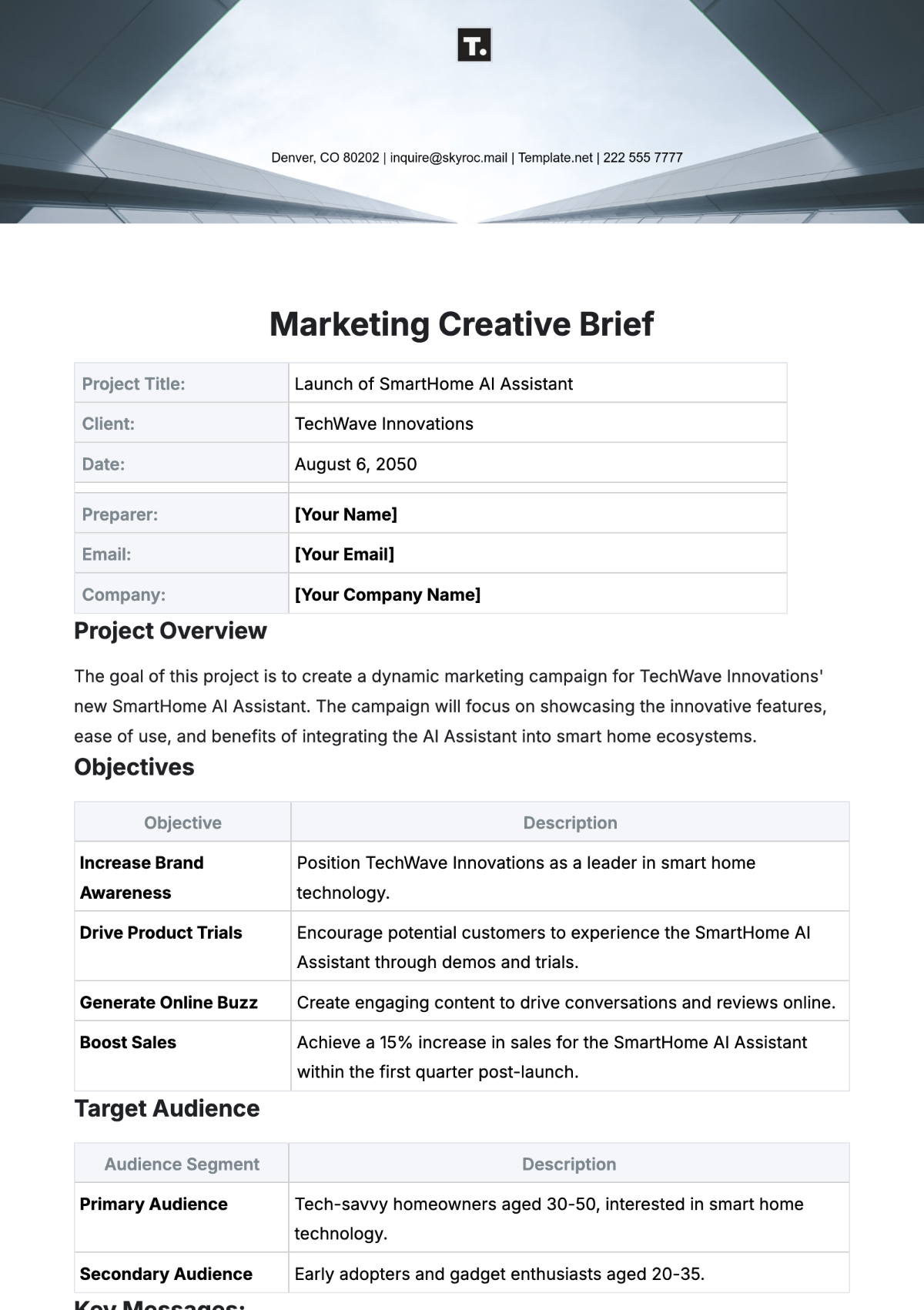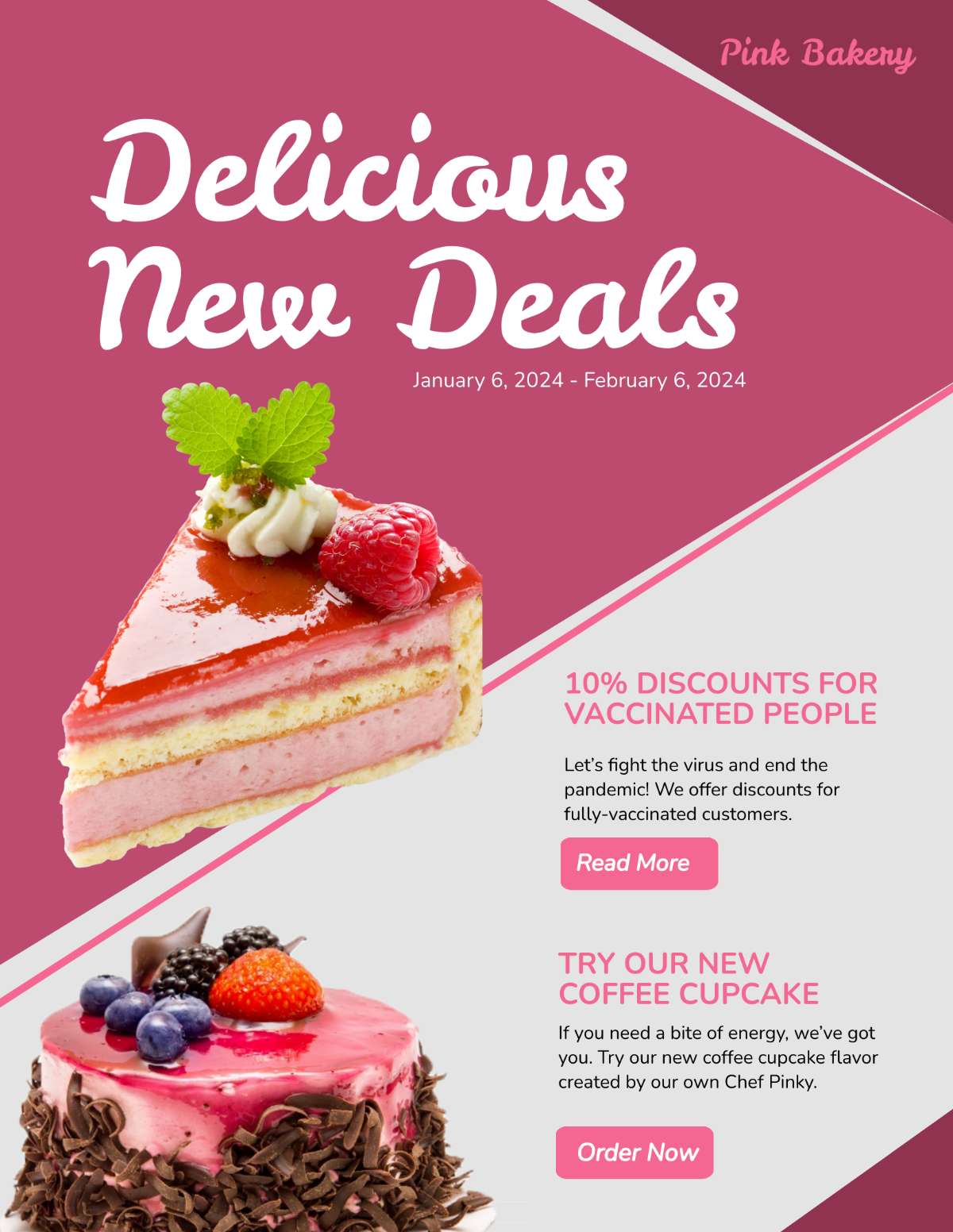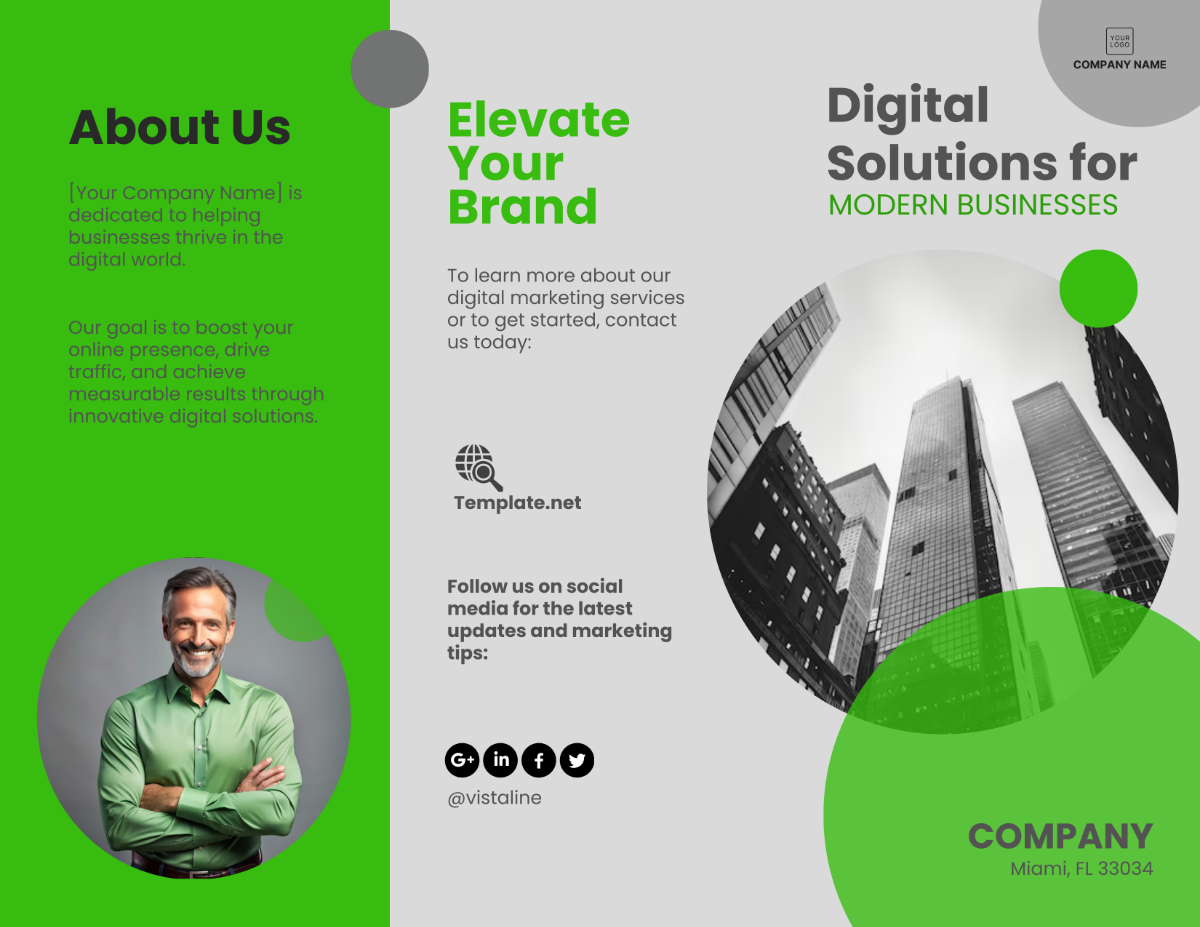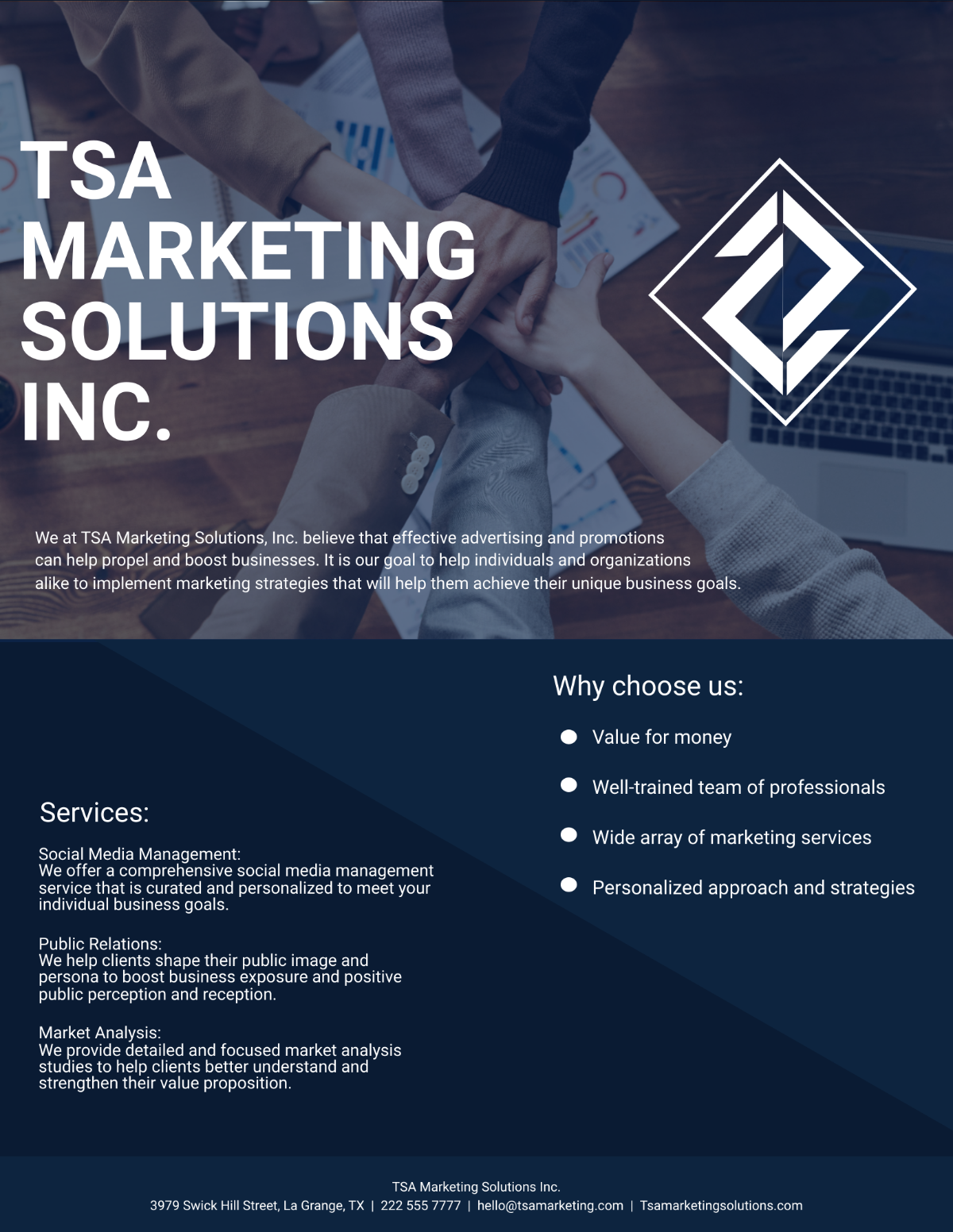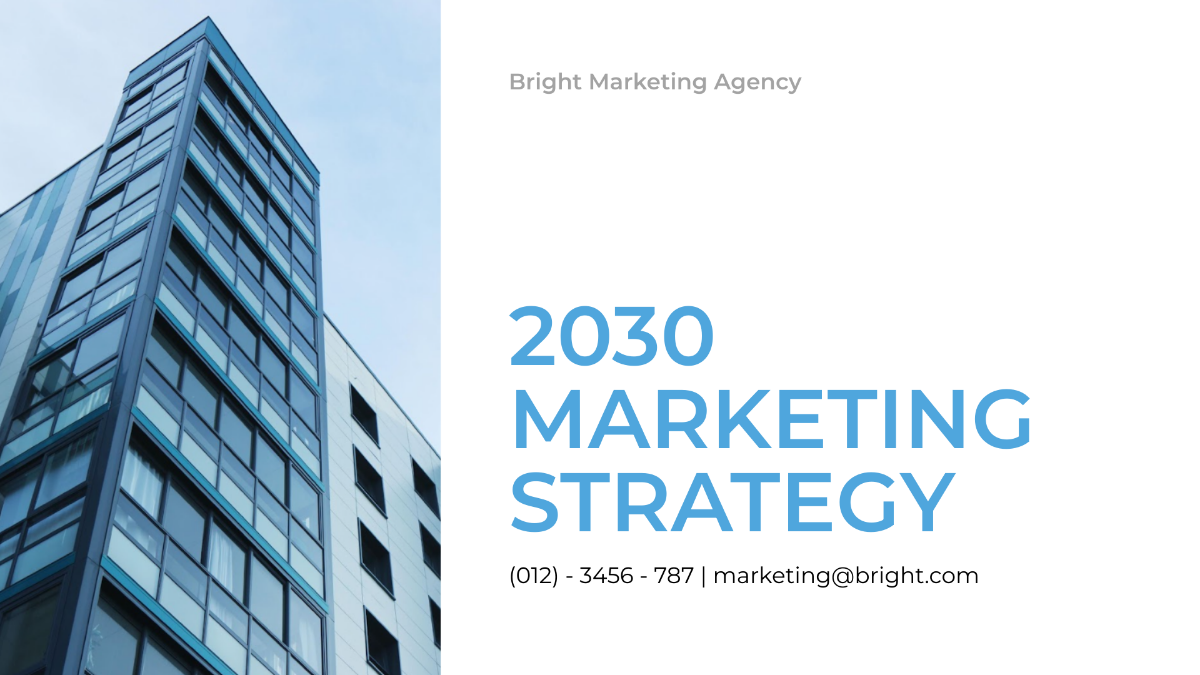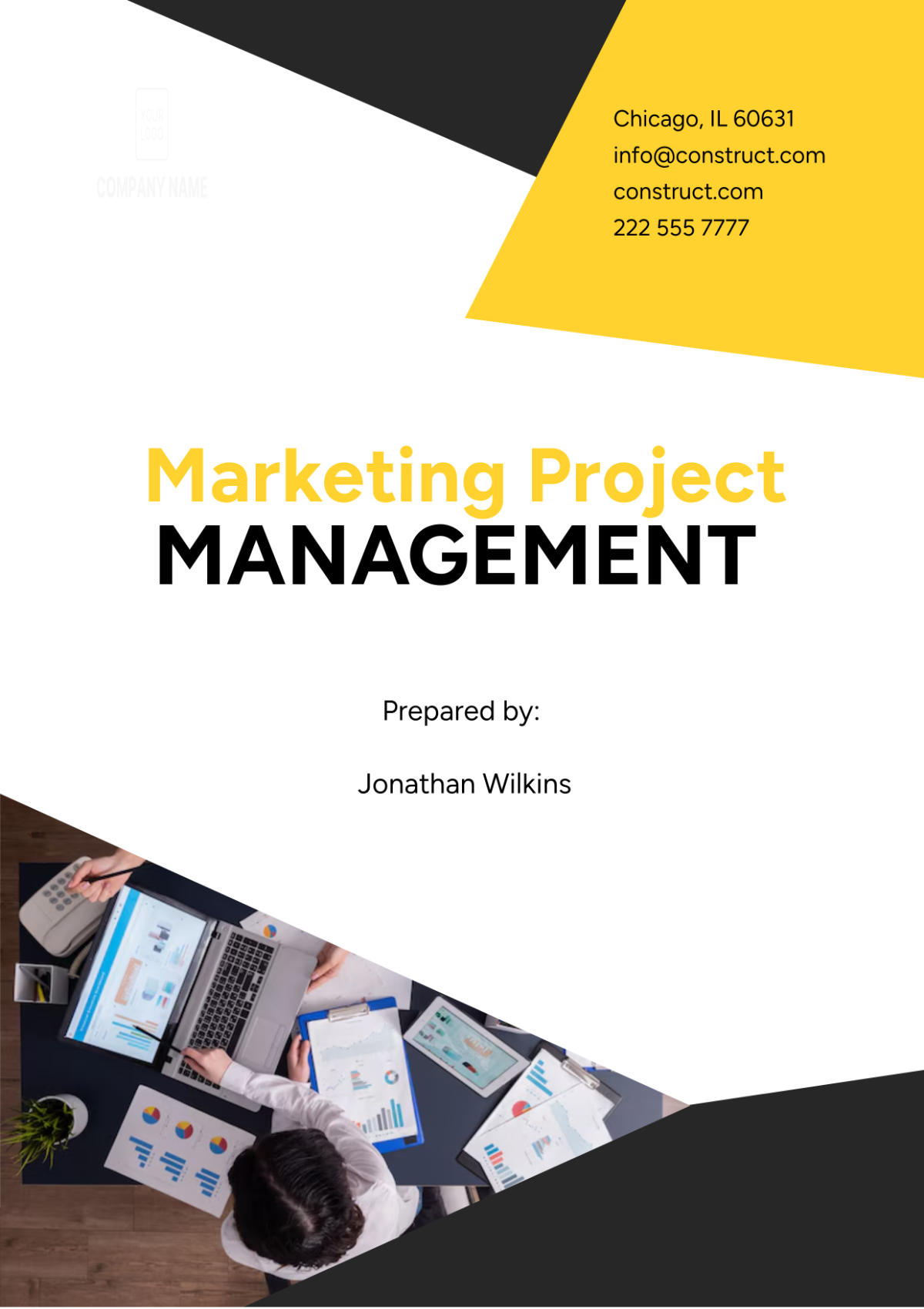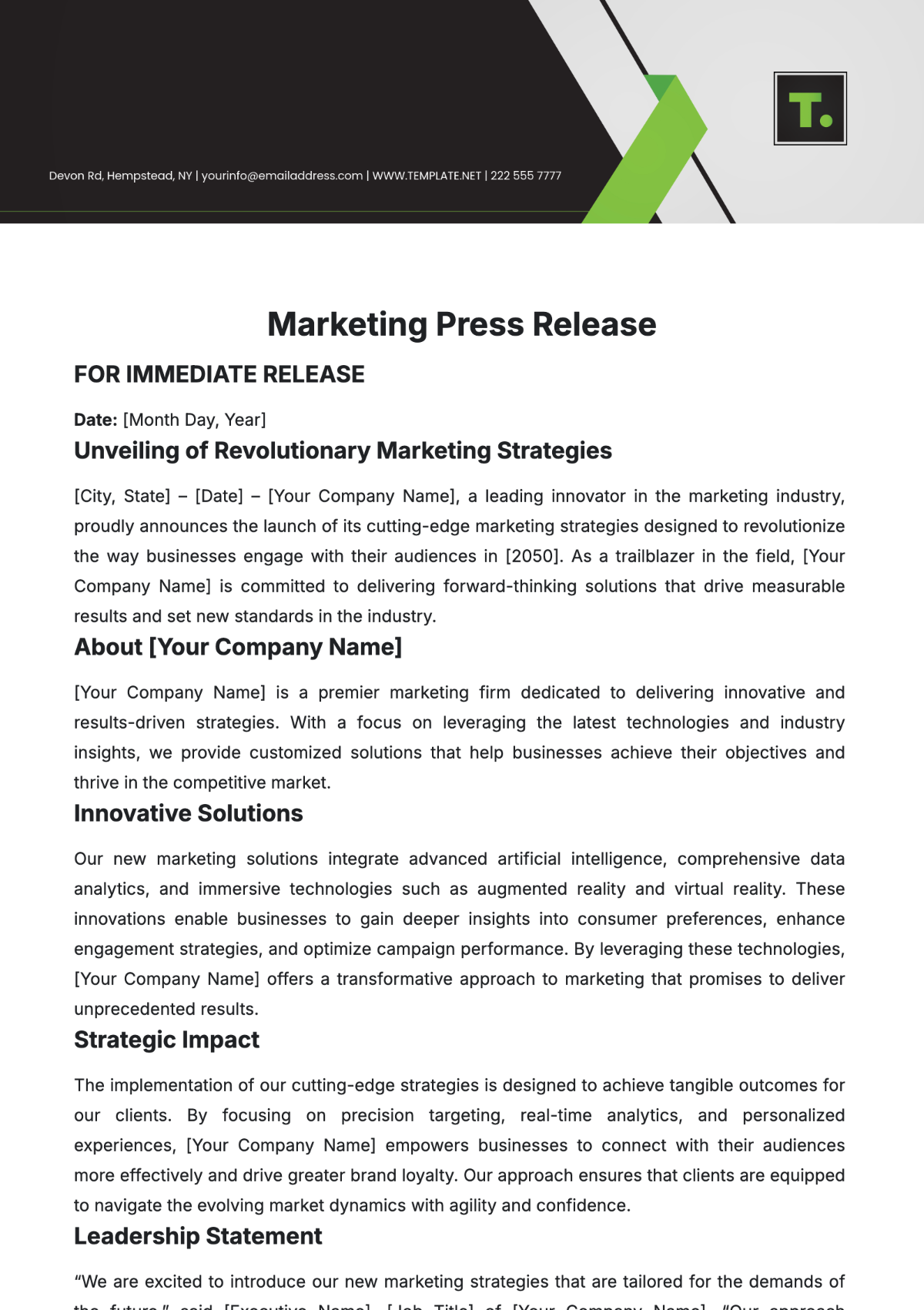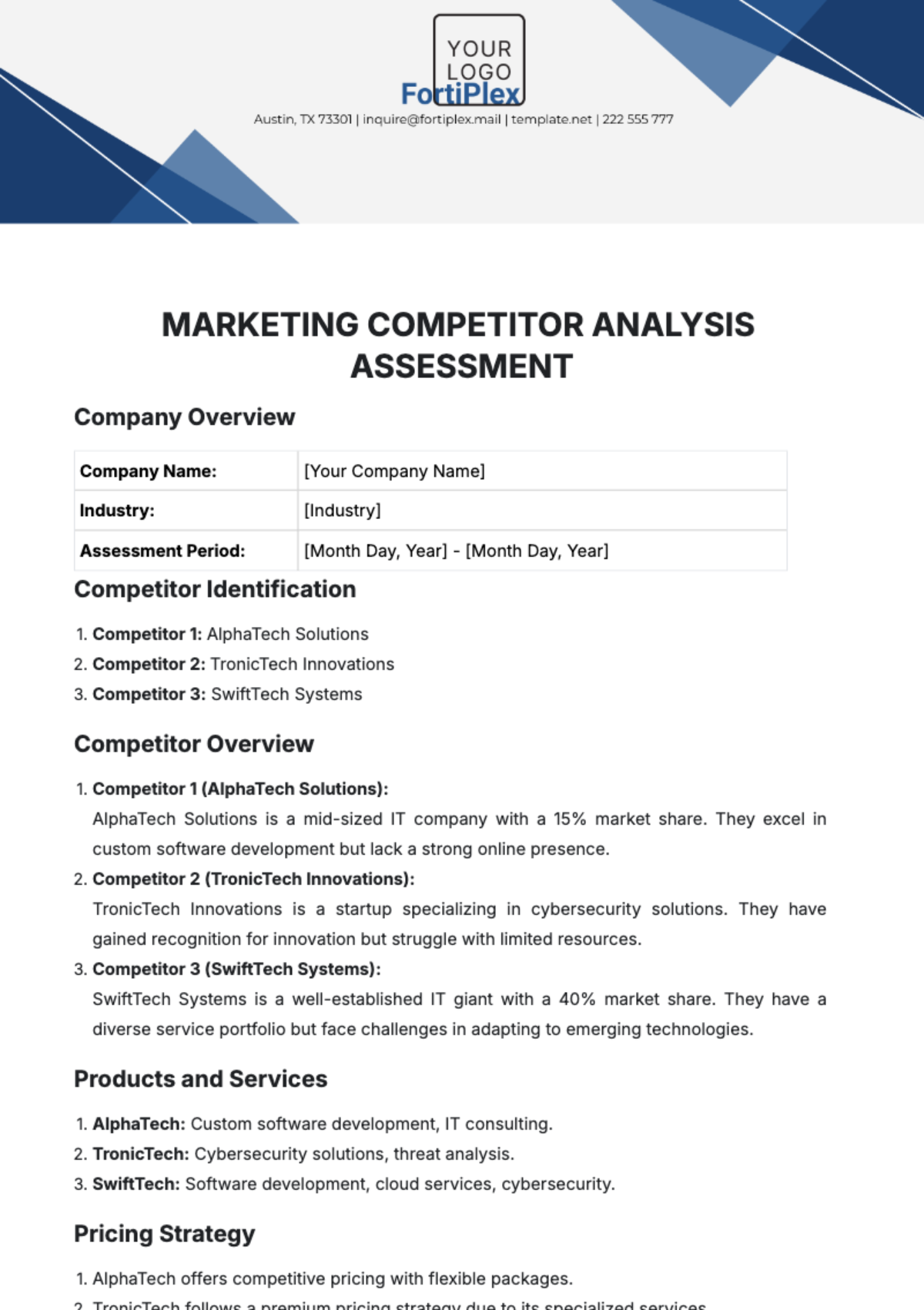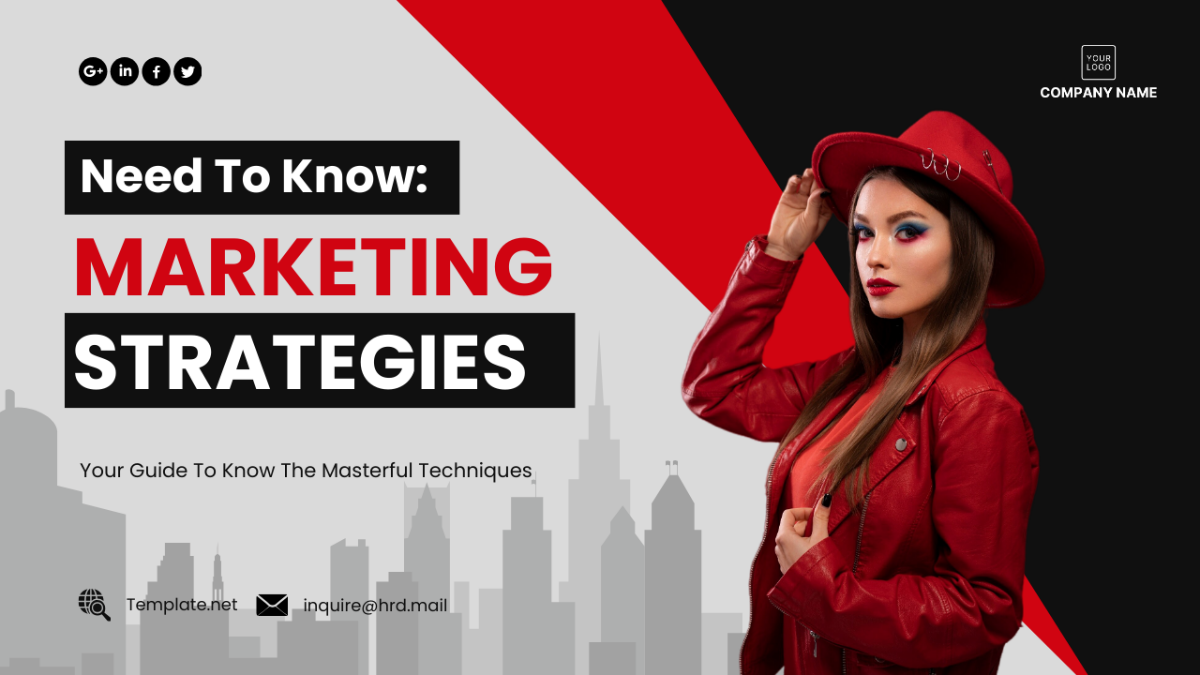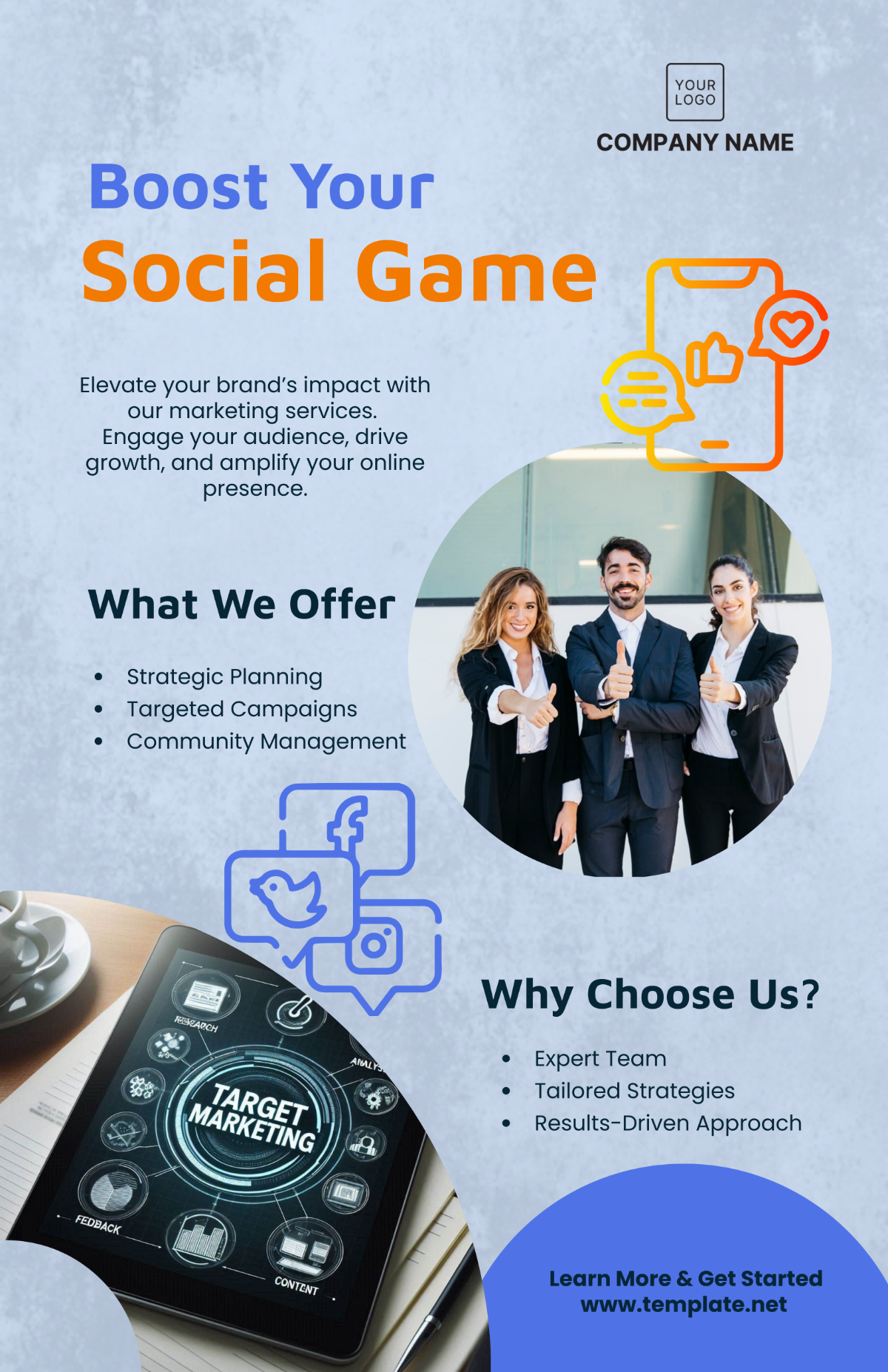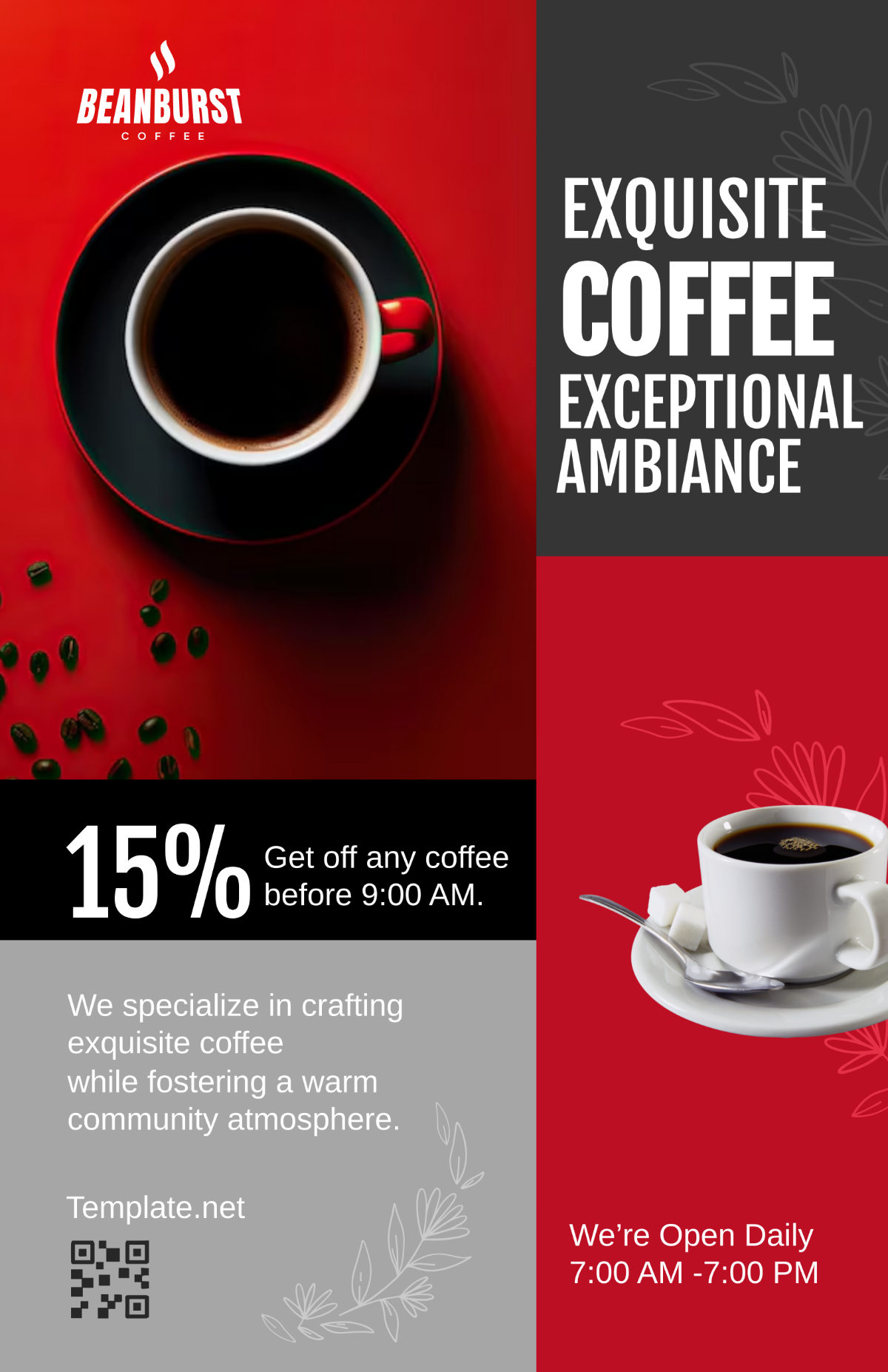Marketing User Journey Study
I. Introduction
Welcome to the [Your Company Name] Marketing User Journey Study. In today's dynamic marketing landscape, understanding your customers' journey is paramount to success. This comprehensive study aims to shed light on the path your potential customers take, from the moment they first become aware of your offerings to the final point of conversion.
By analyzing key touchpoints, content effectiveness, and channel performance, we provide actionable insights that will empower you to optimize your marketing efforts. This study adheres to US marketing legal and standard guidelines, ensuring compliance and ethical practices throughout the analysis. Let's embark on this journey to enhance your marketing strategy and customer engagement.
II. Target Audience Persona
Understanding your target audience is fundamental to a successful marketing strategy. This section provides a detailed profile of the ideal customer persona for [Your Company Name].
A. Persona Name: Fitness Enthusiast Fiona
B. Demographics
Age:
Gender:
Location:
Income: $[00,000] - $[00,000] per year
Education:
C. Psychographics
Interests/Hobbies: Yoga, HIIT workouts, healthy cooking, wellness blogs
Pain Points: Lack of time for fitness, desire for a supportive fitness community
Values: Health and wellness, work-life balance
Goals: Achieve fitness goals, lose weight, feel more energized
D. Behavioral Traits
Online Behavior: Active on social media (Instagram, Pinterest), reads fitness blogs
Buying Behavior: Values quality fitness services, willing to pay for convenience
Device Usage: Primarily uses smartphones
Communication Preferences: Prefers email and social media for communication
E. Why This Persona Matters
Fitness Enthusiast [Name] is a key persona as she represents a significant portion of our target market. Her fitness goals align with our offerings, making her a potential long-term member. Targeting Fiona allows us to create tailored marketing campaigns that address her specific needs and preferences.
F. Key Insights
Our current customer base is predominantly [Gender], aged [00] - [00], with similar fitness interests and goals.
Research indicates that this demographic values fitness as a means of stress relief and self-care.
Understanding this persona will guide your marketing efforts to resonate with and effectively reach the individuals most likely to become loyal customers of [Your Company Name].
III. Awareness Stage
The Awareness Stage is where potential customers first encounter your brand and become aware of your products or services. Understanding how this stage operates is crucial for capturing the attention of your target audience.
Blog Posts |
|
Social Media |
|
Content Marketing |
|
Webinars |
|
Understanding the Awareness Stage is essential for crafting effective marketing strategies that capture the attention of potential customers like Fitness Enthusiast Fiona and guide them further along the user journey.
IV. Consideration Stage
The Consideration Stage is a critical phase in the user journey where potential customers evaluate your products or services as they seek solutions to their needs or problems. In this stage, they are comparing options and determining which one best aligns with their requirements.
Key Touchpoints |
|
Content and Messaging |
|
Goals |
|
Metrics to Measure Success |
|
V. Decision Stage
The Decision Stage is the critical juncture where potential customers are ready to make a choice and convert into paying customers. Here, they decide which product or service best meets their needs and preferences. Understanding this stage is pivotal for facilitating conversions.
Key Touchpoints |
|
Content and Messaging |
|
Goals |
|
Metrics to Measure Success |
|
VI. User Pain Points
Identifying and addressing user pain points is essential for improving the user journey and increasing conversions. Here are some of the common challenges and frustrations that potential customers like Fitness Enthusiast Fiona may encounter throughout their journey:
|
|
VII. Content and Messaging Analysis
Evaluating the effectiveness of your marketing content and messaging at each stage of the user journey is crucial for optimizing engagement and conversion rates. In this section, we examine the content and messaging stages employed by [Your Company Name] to ensure they align with the needs and preferences of potential customers like Fitness Enthusiast Fiona.
VIII. Channel Effectiveness
Evaluating the effectiveness of marketing channels is pivotal in optimizing your outreach. In this section, we assess the performance of various channels employed by [Your Company Name] in engaging with potential customers like Fitness Enthusiast Fiona. By analyzing metrics and user interactions, we gain insights into which channels drive the most impact and how to allocate resources efficiently for maximum engagement. This assessment ensures that your marketing strategy aligns with the preferences and behaviors of your target audience, enhancing the overall user journey.
IX. Conversion Tracking
Accurate and comprehensive conversion tracking is essential to measure the success of your marketing efforts. In this section, we delve into the methods and tools utilized by [Your Company Name] to monitor and analyze user conversions, ensuring that every stage of the user journey is optimized for maximum efficiency and results.
Conversion Tracking Methods | Key Conversion Metrics | Conversion Attribution |
Google Analytics | Conversion Rate | First-Touch Attribution |
Pixel Tracking | Cost per Conversion | Last-Touch Attribution |
Email Tracking | Conversion Funnel Analysis | Multi-Touch Attribution |
X. Recommendations and Insights
Based on the analysis conducted throughout this Marketing User Journey Study, we've distilled valuable recommendations and insights to guide [Your Company Name] in enhancing its marketing strategy and customer engagement.
Personalized Content
Tailoring content to address user pain points, preferences, and behaviors is paramount. Implement personalized marketing automation to deliver targeted messages, offers, and recommendations at each stage of the user journey. This fosters stronger connections and boosts conversion rates.
A/B Testing
Continuously optimize content, messaging, and channel strategies through rigorous A/B testing. Experiment with different approaches to identify what resonates best with your audience and refine your marketing efforts accordingly.
Cross-Channel Integration
Integrate marketing channels seamlessly to provide a consistent user experience. A cohesive omni-channel approach ensures that potential customers receive a unified message, regardless of where they engage with your brand.
Customer Feedback Loop
Establish a feedback mechanism to capture insights directly from customers. Their input can unveil pain points, preferences, and opportunities for improvement that data alone might not reveal.
Content Quality Assurance
Prioritize the creation of high-quality, informative, and engaging content. Consistently update and optimize content assets to maintain relevance and authority in your industry.
These recommendations and insights, when implemented effectively, will empower [Your Company Name] to refine its marketing strategy, address user needs, and create a more seamless and satisfying user journey, ultimately driving business growth and success.
Marketing Templates @ Template.net


